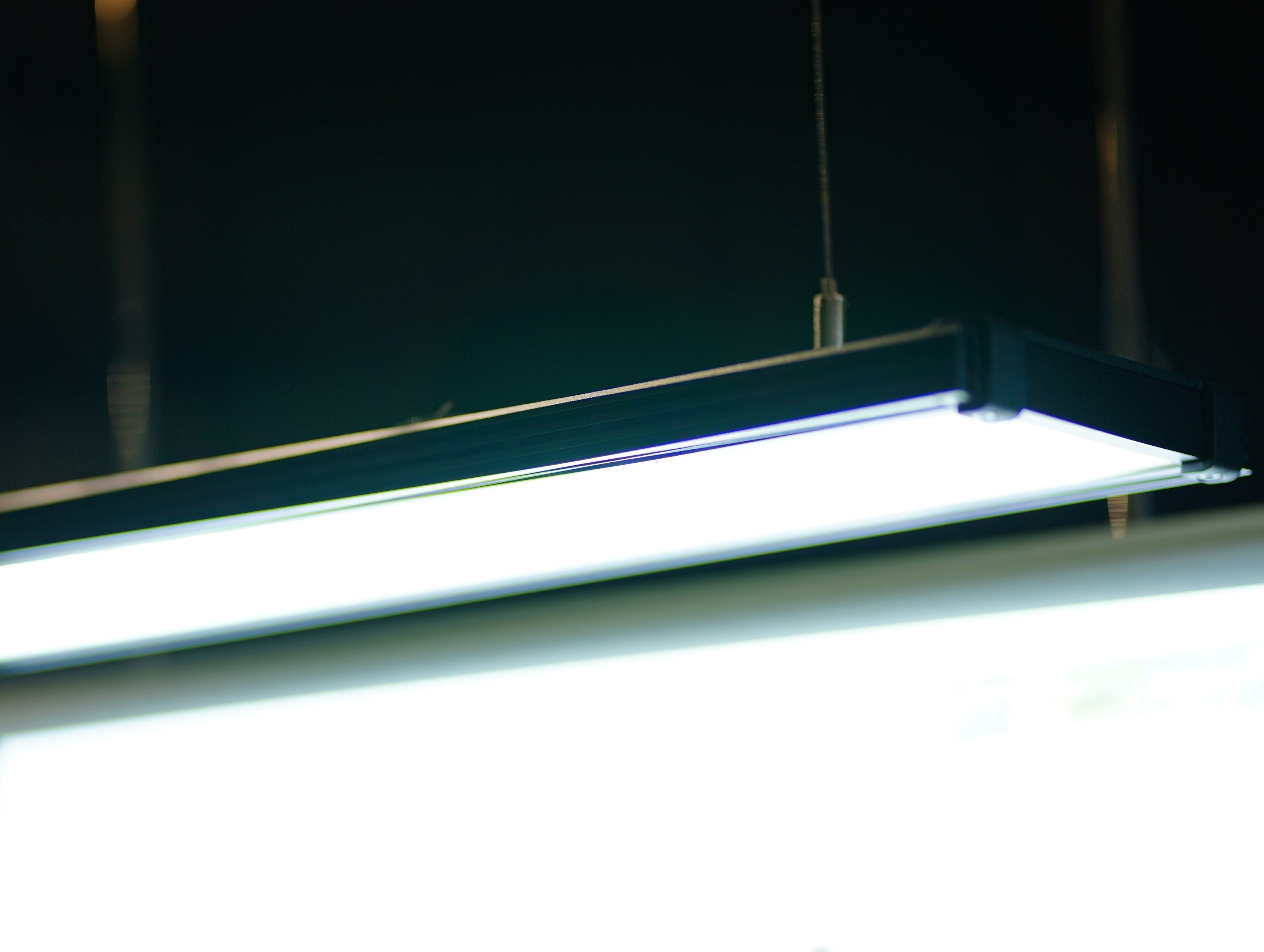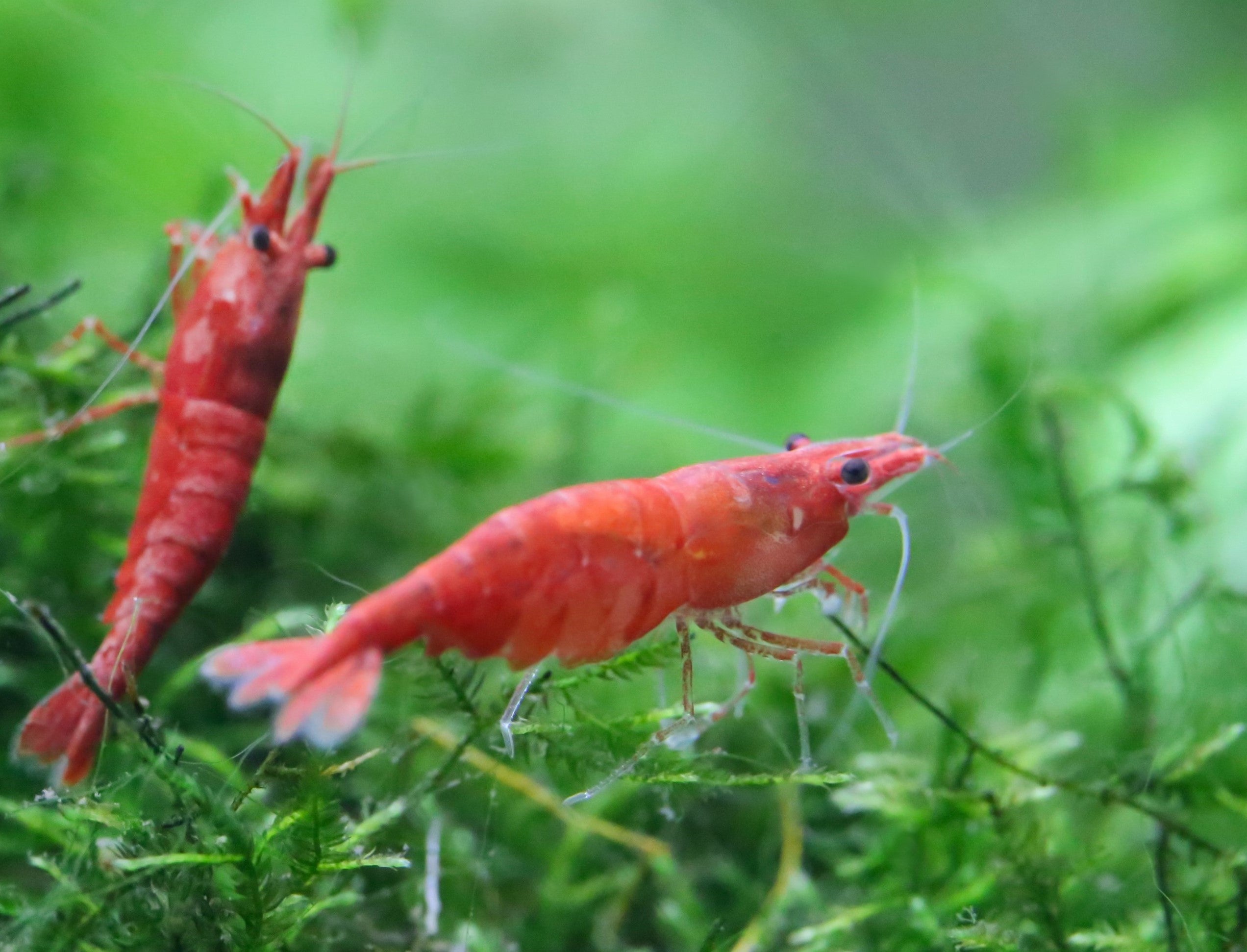Why Do You Need a Filter?
Filters are the most important piece of equipment for our aquariums. A cycled filter keeps the water safe for your fish and keeps the water clear. Inside cycled filter media, beneficial bacteria break down ammonia into nitrite, then another form of bacteria breaks down nitrite into the much less harmful nitrate. Without mature filter media toxic ammonia and nitrite can quickly build up to dangerous levels for your fish, ammonia and nitrite levels should always be zero. Research ‘aquarium cycling’ if you are new to fishkeeping. Filters also provide flow around the aquarium which helps to regulate temperature and keeps oxygen levels in check. Good flow is important in a planted aquarium as flow also helps to disperse liquid plant fertilisers and CO2 within the water column. Most filters also mechanically filter the water by removing particles form the water column using fine media such as filter floss. Filter effectiveness can vary greatly depending on the media you choose to place inside your filter.
Internal Filter
Internal power filters are very popular, they are relatively cheap and easy to maintain. You can get good flow rates through these filters; they are rated for specific tanks sizes depending on flow rate and media volume. Internal filters can be a great option for smaller planted tanks as it is easy to hide the filter with plants and hardscape.
Hang On Back - HOB Filter
Hang on Back filters or ‘HOB’ filters are also very popular. These filters hang on the rim of the aquarium creating a waterfall back into the tank. They have similar flow rates and media volume when compared to internal filters with the added bonus of being very easy to maintain without putting your hand into the aquarium. HOB filters have minimal impact on your scape as only the inlet is visible in your aquascape.
External Canister Filter
External canister filters are becoming increasingly popular. External canister filters pump the water out of the aquarium into a media filled canister, the water is then pumped back into the aquarium. External filters have a lot of room for media and have some of the fastest flow rates available. For large tanks or messy fish these filters are a great option. Only the inlet and outlet are visible in the aquascape which is another big benefit. Some aquascapers install clear glass inlets and outlets to minimise the visual impact it can have on an aquascape.
Sponge Filter
Air driven sponge filters are great for biological filtration, although unlike most other filters they do not work well for mechanical filtration due to slower flow rates. Sponge filters are great for livestock such as cherry shrimp or breeding projects due to the low flow rate and the fact the fry and shrimplets cannot get sucked in these filters. You can run multiple sponge filters from a single air pump which saves on electricity if you have more than one aquarium.
Sump Filtration
Sumps are uncommon because they are rarely available with off the shelf aquariums and normally have to be custom built to fit an aquarium. A sump is a tank of water below the main display aquarium, water is pumped into and out of the sump tank. Your filtration media options are endless as a sump provides the most room for media and equipment meaning no equipment has to be visible in your main display aquarium. Due to the amount of equipment needed for most reef tanks a sump is more commonly used in the saltwater side of the fishkeeping hobby.
Under Gravel Filter (an honourable mention)
Under gravel filters are mostly a thing of the past in today’s fast growing aquascaping hobby. When I first started the hobby myself almost 20 years ago under gravel filters were still commonly used. Under gravel filters consist of a plastic mesh below the gravel which is connected to a vertical outlet tube which is driven either by air or a small pump. Water is drawn through the gravel and then up through the tube to the surface, the gravel becomes the filter media. By gravel vacuuming your tank you are also cleaning your filter. In all honestly these filter systems were perfectly adequate for most moderately stocked simple planted tanks provided they were well maintained. As the aquascaping hobby has grown most hobbyists now use intricate hardscape and aquatic soils meaning gravel filters have become somewhat redundant as they would not work in these setups. Flow rates are usually lower when compared to newer forms of filtration. That said, I have still seen several well established planted aquariums thriving using only under gravel filtration.
AQUAnatur
AQUAnatur was created by an established UK aquarium installation and maintenance company near London which has been running for over 25 years! Our team are very experienced and happy to help offer advice with any aquarium questions you may have. We are always available via phone or email Monday-Friday, feel free to contact us, we would love to help! AQUAnatur supplies a range of high quality filters.
By Alasdair McPhail




Leave a comment
All comments are moderated before being published.
This site is protected by hCaptcha and the hCaptcha Privacy Policy and Terms of Service apply.